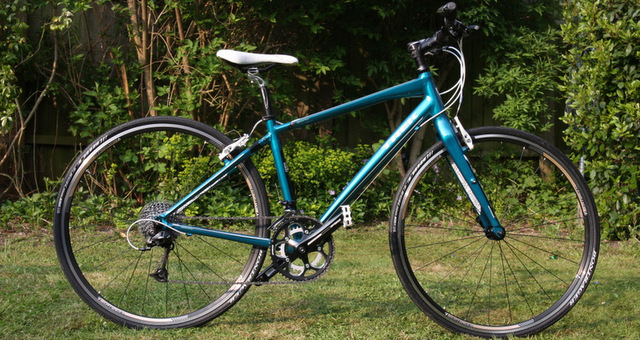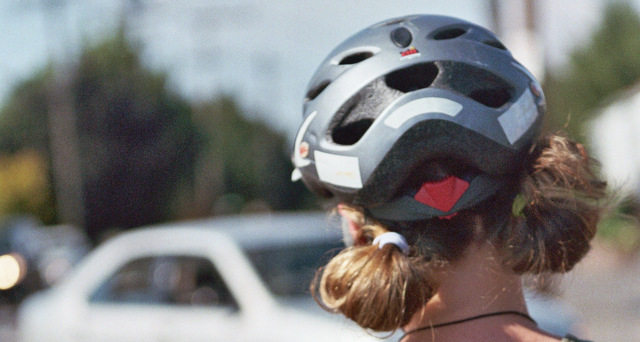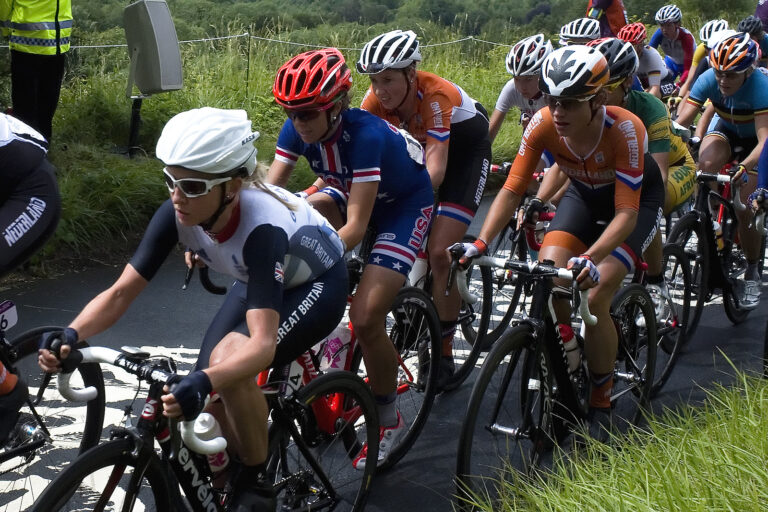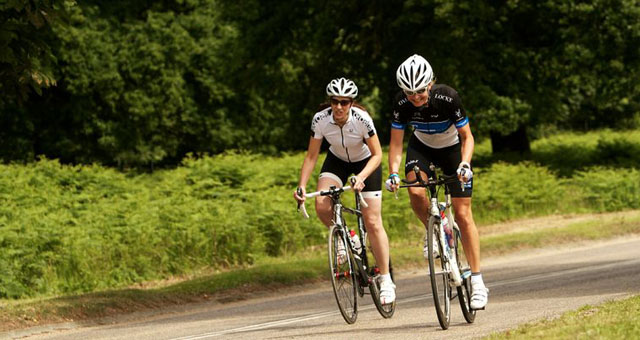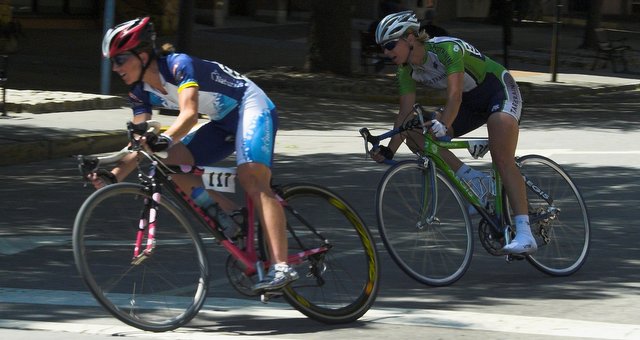You may have improved your fitness on the bike, but don’t overlook the valuable benefits you can gain from focusing on developing aspects of your bike handling skills, especially learning how to brake efficiently. Not just for racing roadies, these tips are worthwhile for anyone on two-wheels.
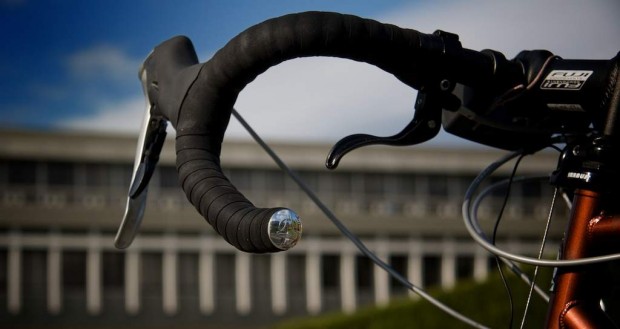
We’ve enlisted the help of Gary Willis, former British Cycling Talent Coach and Scottish Cycling Performance Manager, on how to improve your cycling technique. Gary also owns .001, a coaching and training company offering (among other things) women’s only camps in the French Alps – so you’re in safe hands!
Ahhh that cycling malarkey is easy. You just sit on your bike and pedal!
That’s what I heard when I was in a pub eavesdropping a group’s discussion about the merits of team GB’s medals. I took two things from this.
- Cycling has truly become mainstream. The general population will now happily talk about cycling over premiership football.
- How little people know about what goes into cycling and the small skills that help make you go fast.
The problem with watching Olympic athletes is that they make everything look so effortless. Every small skill and detail is so well drilled and automatic that it looks easy!
So just what are the skills and techniques you can work on to help make your own cycling look “easy” this summer?
I’ll be concentrating on four areas over the coming weeks that can help you save time and energy on the bike, which ultimately will allow you to cover longer distances, faster.
Week 1: How to brake efficiently
Don’t be scared of your brakes.
Brakes are there to help you and shouldn’t be avoided until that moment you really need them. You may have heard racing drivers or motorcyclists talking about the ‘feedback’ from their brakes and tyres, but what does that actually mean?
A good investment in your cycling is to go out and practice to brake efficiently. Finding somewhere quiet, start to build up speed and then stop yourself with the brakes. Each time, start to see how fast you can stop and how long it takes to actually stop. It’s worth your time to practice and start to “listen” to that infamous feedback from the tyres;
- Are they skidding?
- Are you loosing grip?
- Are they stopping me at all? (If the answer is no – get down to your bike shop… Pronto!)
Better to do all this experimentation in relative quiet, rather than out on the roads where you need to get it right first and every time.
When to use front or rear brake
Going back to basics, under British Standards, the brake lever for the front brake must be on the right hand side of the handlebars and the rear brake on the left hand side. Unless you’ve had your brakes tinkered with, or you have a modified bike with one or no brakes, then this should be the standard set up.
Get used to which lever activates which brake!
To brake efficiently, your front brake is there to stop you and the back brake is there to shave off speed. Roughly 70-80% of your stopping power comes from the front brake. Leaving 20-30% for the back brake. I’m sure we’ve all heard someone say or even said it ourselves about braking with the front and flying over the handlebars. With good technique this should never really happen.

When braking to go into a corner or approaching a roundabout or junction try by pulling the back brake first. This will have the effect of starting to reduce your speed but also settle the bike into a natural line that will allow you to then start to pull the front brake.
Remember the back brake is for regulating speed and the front for really stopping. If the junction is clear then you may not need to use the front, just dragging the back brake. If there is traffic or its tighter than you thought then the front brake is really going to stop you or slow you down. Once you are at the speed you want, you can then release the front brake and continue to finely control your speed with the back.
Gary’s top tips on how to brake efficiently:
- Start by pulling the back brake to settle the bike and start to slow your speed
- Look at the point you want to stop at, NOT right in front of your wheel
- Keep your arm and shoulders relaxed, don’t straighten out your arms and fight the bike
- With even power (don’t grab) start to pull the front brake to slow yourself down
- Keep looking ahead at your stopping/slowing point
- Once you are at the speed you want release the front brake gradually
- Keep using the back brake to regulate speed or bring yourself to a stop
[series future=’show’]
Upcoming .001 Women’s Exclusive Camps
Focusing on skill development and technique .001sport camps are designed to help you improve your cycling in a relaxed environment. Training camps include accommodation, meals and all coaching and training support.
Camps include coaching on the following areas:
- Bike position
- Cornering
- Braking
- Group riding skills
- Climbing and descending
- Evening discussion groups
For more information on the training camps on offer, contact Gary Willis or visit the .001sport website.
Headline image Graham Ballantyne via Flickr.
Learnt a lot on how to brake efficiently? Brush up on some more skills here…
How to: Maintain and Clean your Bike in 10 Easy Steps
How To: Find the Bike to Fit You
Cycle Fashion: How to Not Look Like a Typical Cyclist

